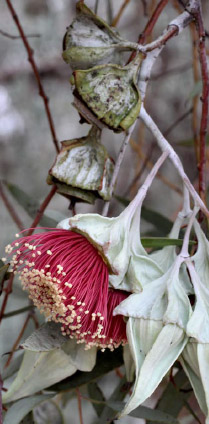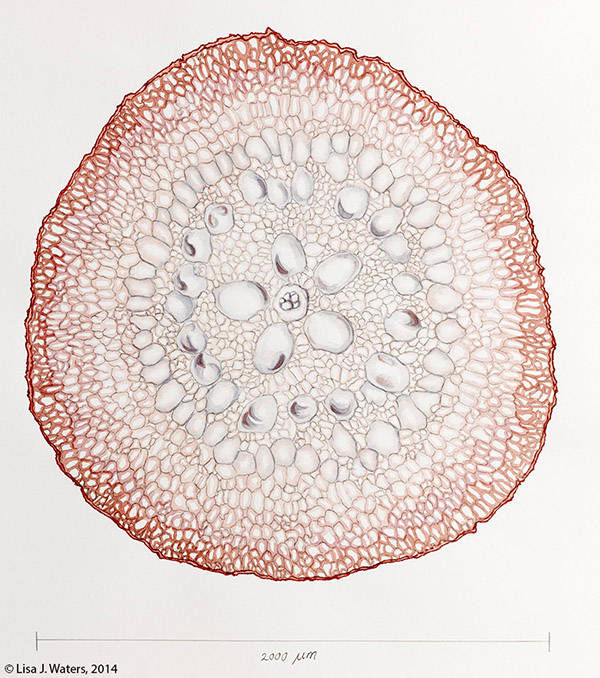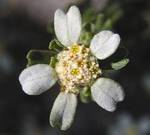Today, 17 Nov. 2014, the first part of the chapter of Myrtaceae (32.9mb) for the 5th edition of Flora of South Australia was published. On 102 pages, the author Dean Nicolle describes all native and naturalised taxa of Eucalyptus, Corymbia and Angophora, occurring in South Australia. Identification keys are provided and most species are illustrated with drawings and photographs. Other genera of Myrtaceae are in preparation and will be published shortly.
With over 100 species this is one of the largest and most complex chapters published to date, editing of which took over two years and included extensive work on plant distributions and synonyms, to bring the Flora chapter and the SA Plant Census in synch. Many thanks to Robyn Barker and Peter Lang for their help during this time.
The general link to the 5th edition of Flora of South Australia is flora.sa.gov.au, providing current treatments, glossary, introduction and cover pages for printing. Previous versions of Flora treatments are still available from our Superseded treatments page.







You must be logged in to post a comment.